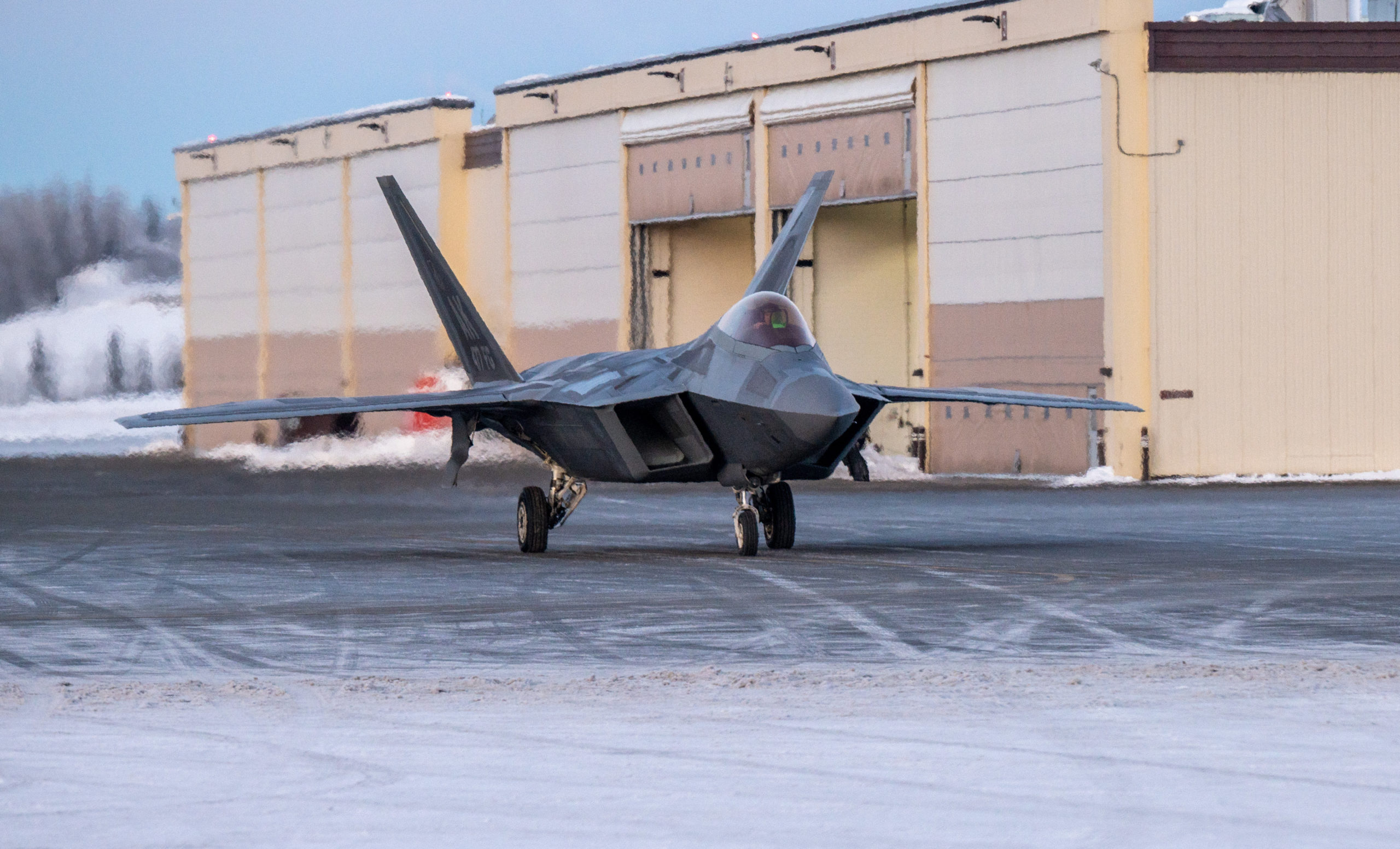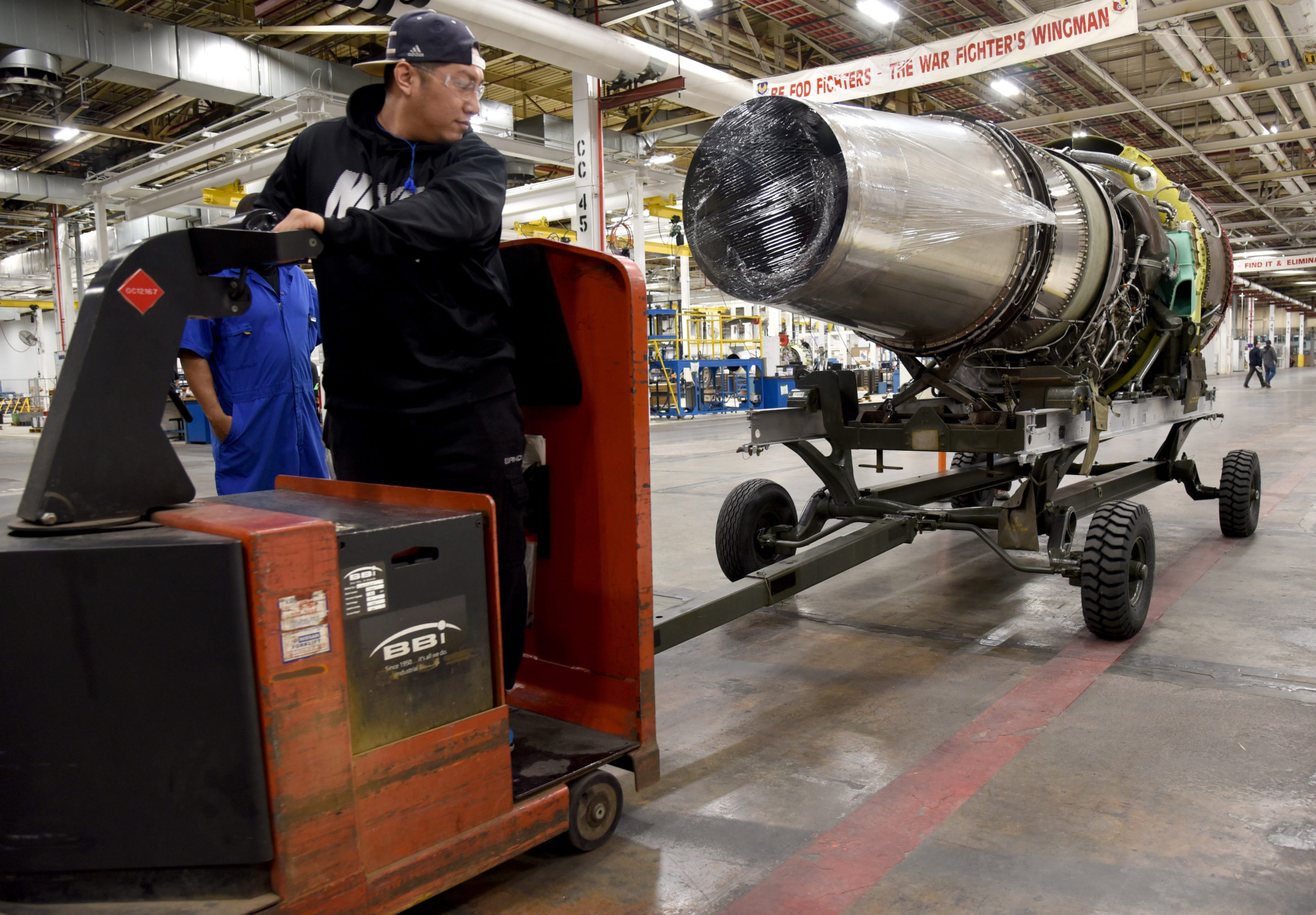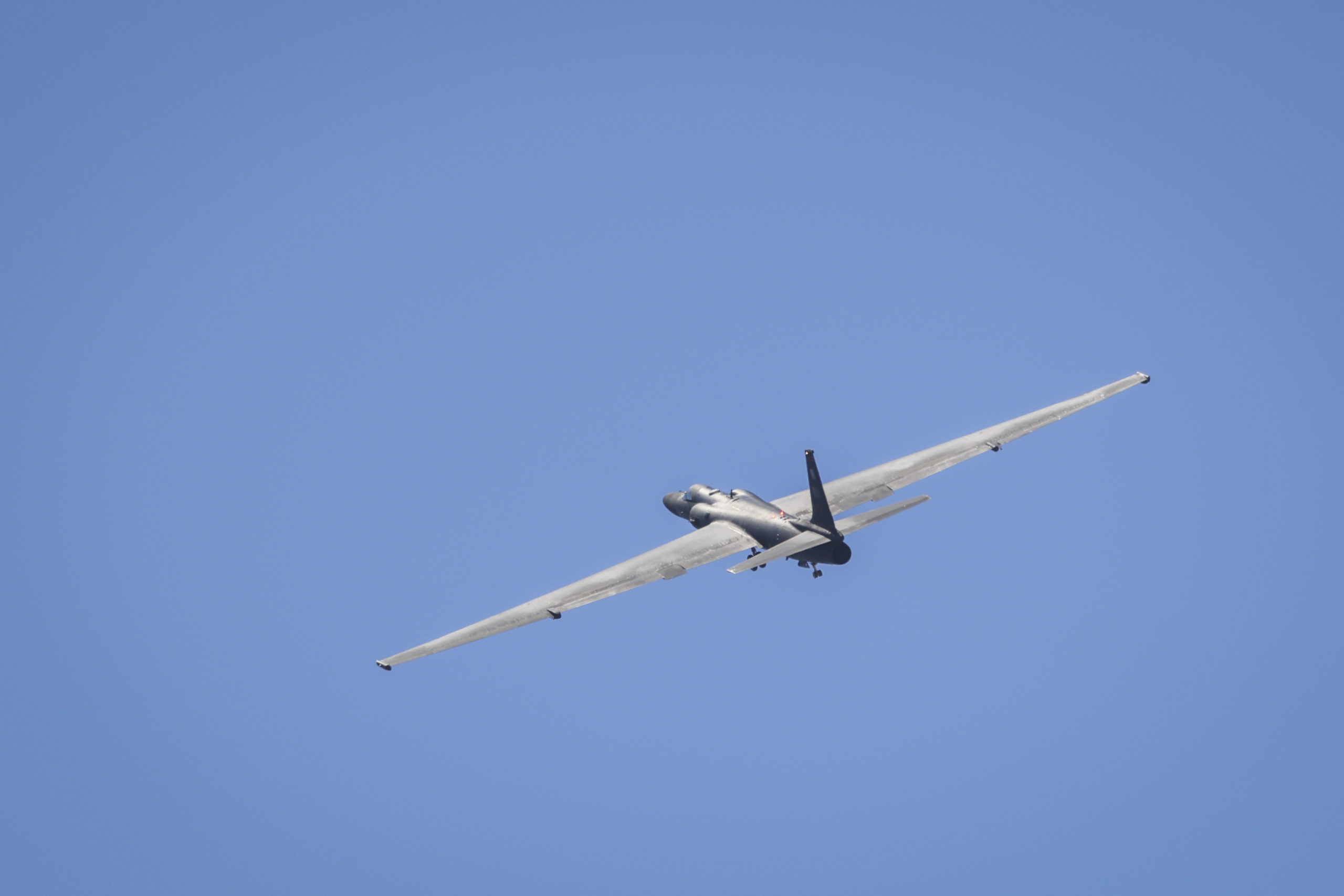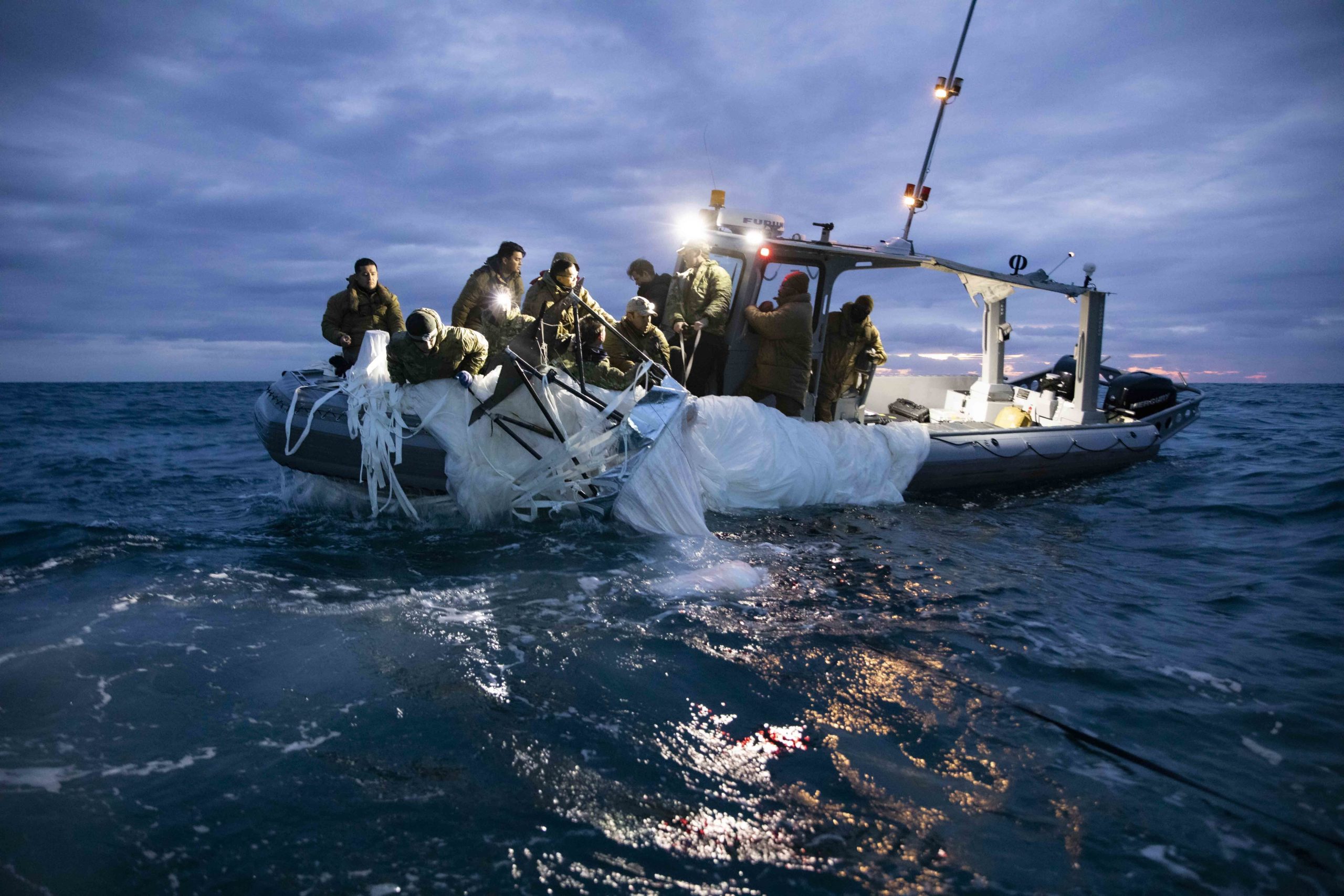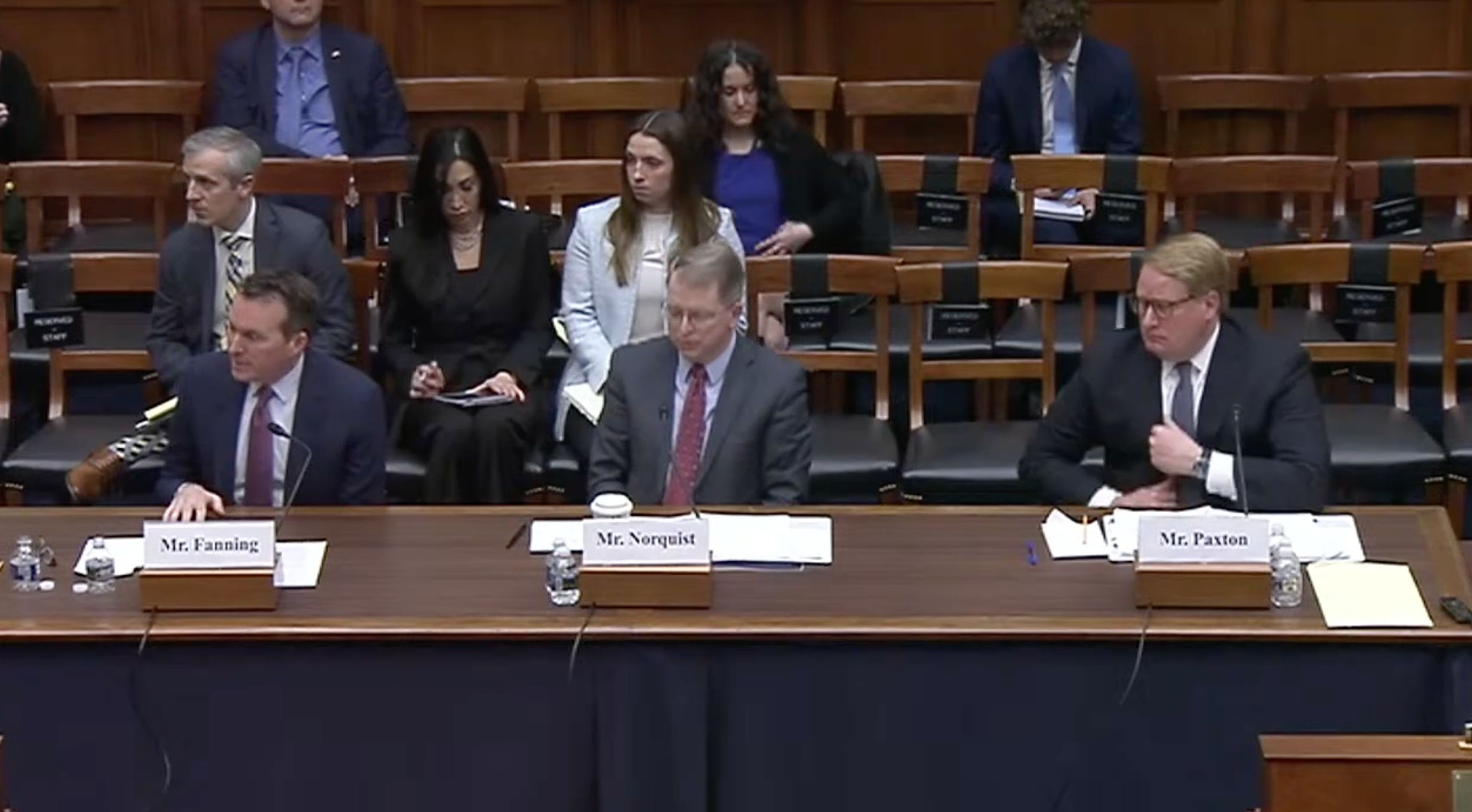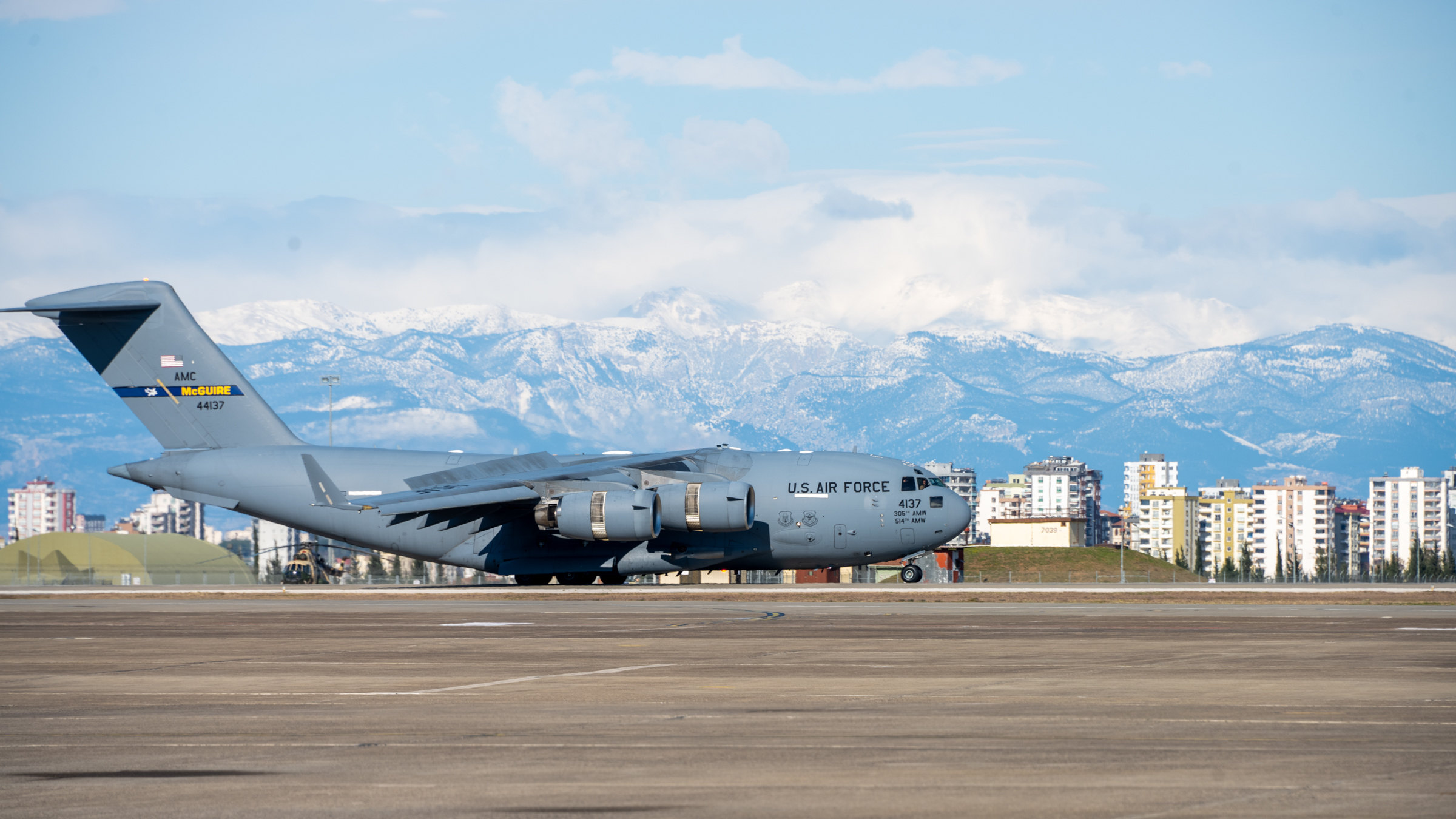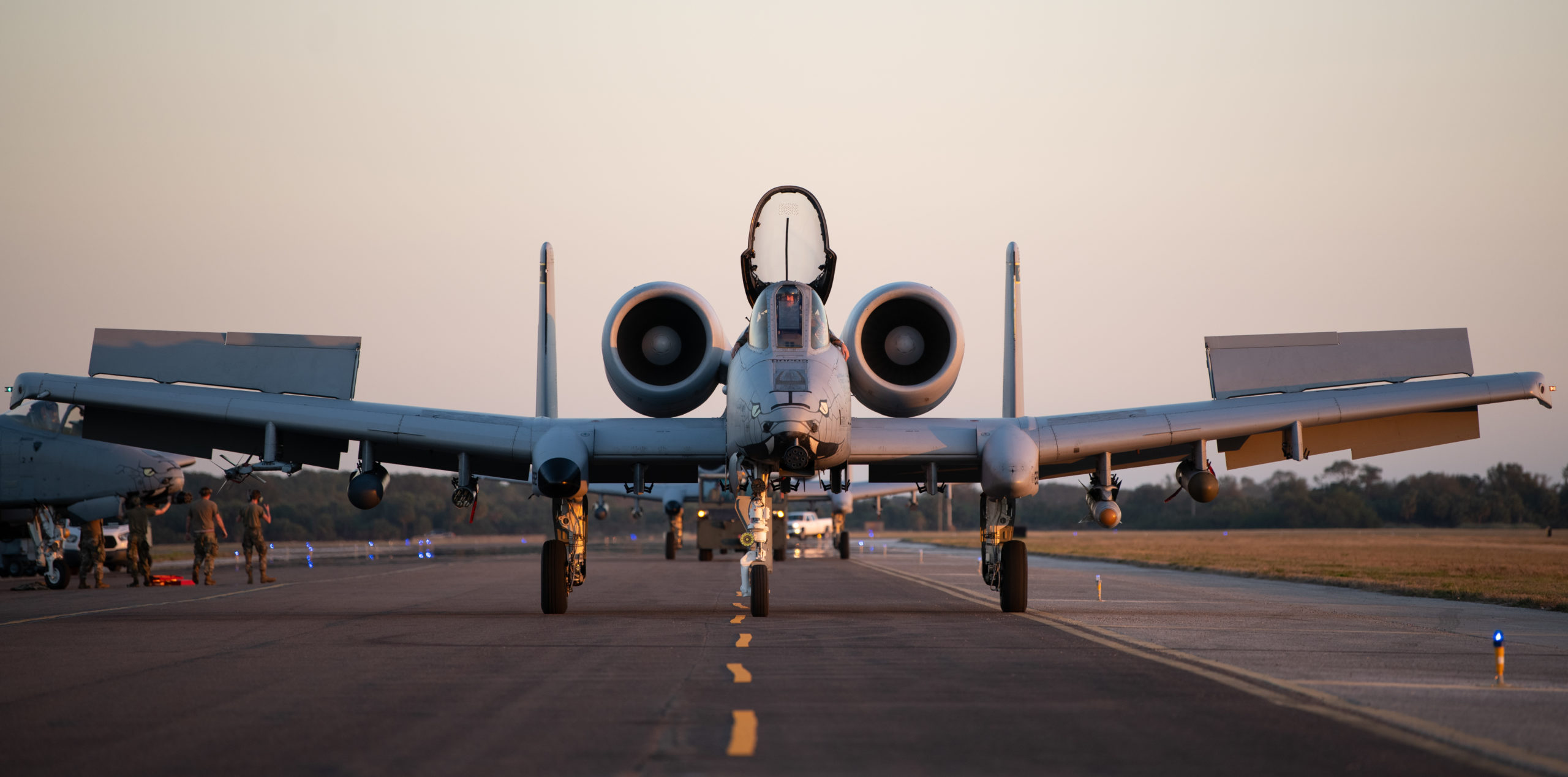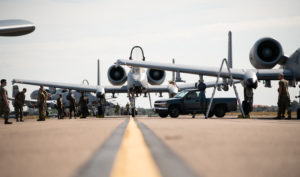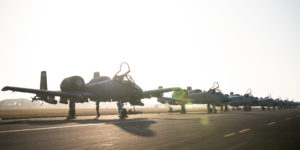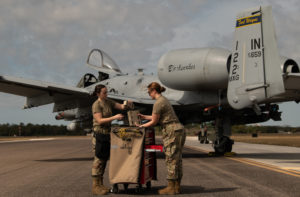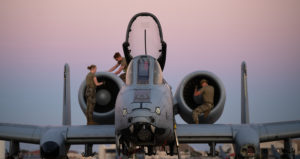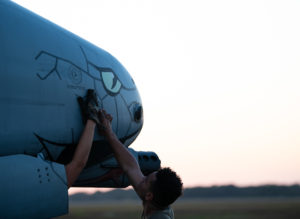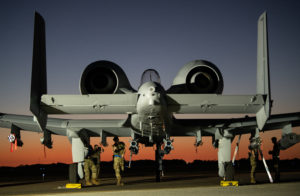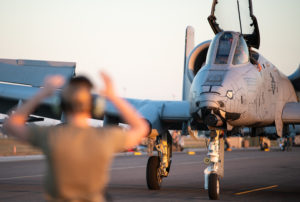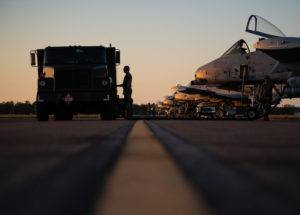U.S. Air Force fighters shot down three separate airborne objects over North America in three days this weekend—one over Alaska, one in Canada, and one above Michigan—but unlike the Chinese balloon that transited the continental U.S. before being shot down by an F-22 off the coast of South Carolina on Feb. 4, the origins of these three new objects, their purpose, and what exactly they are remain unclear.
In a Feb. 12 briefing, Gen. Glen D. VanHerck, head of North American Aerospace Defense Command (NORAD) and U.S. Northern Command (NORTHCOM), said all three of the objects were similar in size and speed—small and slow-moving—and none presented a “kinetic military threat,” but he declined to offer any other details.
The unprecedented flurry of shoot-downs—VanHerck said he believed it to the first time in NORAD or NORTHCOM history that the U.S. has taken kinetic action against an airborne object—could be explained in part by a heightened state of alert after the Chinese spy balloon, which created an international uproar after it was identified and proceeded to fly over the U.S.
“We have been more closely scrutinizing our airspace at these altitudes, including enhancing our radar, which may at least partly explain the increase in objects that we’ve detected over the past week,” assistant secretary of Defense for homeland defense and hemispheric affairs Melissa Dalton said.
“Radars essentially filter out information based on speed,” VanHerck added. “So you can set various gates, we call them velocity gates, that allow us to filter out low-speed clutter. So if you had radars on all the time that we’re looking at anything from zero speed … you would see a lot more information. We have adjusted some of those gates to give us better fidelity on seeing slower objects. You can also filter out by altitude and so with some adjustments, we’ve been able to get a better categorization of radar tracks now, and that’s why I think you’re seeing these overall. Plus there’s a heightened alert to look for this information.”
Still, much about these three new objects, taken down Feb. 10-12, remains unknown, and Dalton acknowledged that whoever launched them may not have been using them for military or intelligence purposes.
“We … know that a range of entities, including countries, companies, research organizations—operate objects at these altitudes for purposes that are not nefarious, including legitimate research,” Dalton said.
And while NORAD and NORTHCOM repeatedly scrambled aircraft to identify, track, and shoot down the objects, VanHerck declined to provide any description of what pilots saw.
“It’s really, really difficult for pilots—at the altitudes we’re operating, with a very, very slow object … going at the speed of the wind, essentially and our pilots are going several hundred miles per hour—to give us what I would consider a factual, scientific-based description of what we see,” VanHerck said.
All told, U.S. Air Force assets from Alaska to Pennsylvania, ranging from fighters to tankers to ISR aircraft, were involved in tracking and shooting down the three objects.
Lake Huron
The most recent takedown took place Feb. 12, with F-16s from the Minnesota Air National Guard’s 148th Fighter Wing downing an object at around 20,000 feet over Lake Huron near the upper peninsula of Michigan, using an AIM-9X Sidewinder missile. The object in question was apparently connected to one detected over Montana the previous day.
The F-16s were supported by a KC-135 from Pennsylvania Air National Guard and a E-3 Sentry from Tinker Air Force Base, Okla.
“Based on its flight path and data we can reasonably connect this object to the radar signal picked up over Montana, which flew in proximity to sensitive DOD sites,” Pentagon press secretary Brig. Gen. Patrick S. Ryder said in a statement, in an apparent reference to the same ICBM silos at Malmstrom Air Force Base the Chinese balloon flew over. “Its path and altitude raised concerns, including that it could be a hazard to civil aviation.”
F-15s were scrambled from Portland Air National Guard Base, Wash. to search for the object Feb. 11 and airspace was closed over Montana, but no contact occurred.
Ryder said the Pentagon “did not assess it to be a kinetic military threat to anything on the ground, but did assess it was a safety flight hazard and a threat due to its potential surveillance capabilities.”
Yukon
A different encounter, however, did occur on Feb. 11 as NORAD tracked and shot down an object in northwest Canada.
The Pentagon said the object was tracked and monitored over U.S. airspace by F-22s from Joint Base Elmendorf-Richardson, Alaska. The object then crossed into northwest Canada, and Canadian CF-18s fighters and CP-140 maritime patrol aircraft joined in the hunt.
“Out of an abundance of caution and at the recommendation of their militaries, President Biden and Prime Minister Trudeau authorized it to be taken down,” the White House said in a statement. “President Biden authorized U.S. fighter aircraft assigned to NORAD to conduct the operation and a U.S. F-22 shot down the object in Canadian territory in close coordination with Canadian authorities.”
Canadian defense minister Anita Anand said the target was a “small, cylindrical object” which was smaller than the Chinese balloon shot down off the coast of South Carolina on Feb. 4. Anand said the object was operating at approximately 40,000 feet and was downed approximately 100 miles from the U.S.-Canadian border. Once again, the fighter used an AIM-9X Sidewinder missile for the kill. Canadian authorities have yet to further identify the object.
Alaska
On the other side of the border, an F-22 shot down an object in northeastern Alaska on Feb. 10—also using an AIM-9X.
Ryder said the object was first detected by a U.S. Northern Command ground radar on Feb. 9. A U.S. military official told Air & Space Forces Magazine that F-35s helped identify the object on Feb. 9, and a pair of F-22s from Elmendorf-Richardson were subsequently used for the takedown. F-16s from Eielson Air Force Base, Alaska assisted the F-22s with the kill, the official said.
Officials said the object was flying at around 40,000 feet, presenting a danger to civilian air traffic and necessitating it be shot down. In a Feb. 10 briefing, Ryder said Air Force pilots were able to determine the object was likely unmanned but declined to explain why officials could not describe any more details about the object, even while pilots were able to determine it was unmanned.
“We’ll know more and have more information once we’ve recovered this,” Ryder said. “I will give credit to our pilots, that they’re very capable in terms of looking at an object and assessing whether or not this had the potential to be manned. At that altitude, something that small—very, very unlikely that it was manned.”
National Security Council spokesman John F. Kirby did indicate Feb. 10 that the object did not appear to have a “significant” payload or self-propulsive capabilities.
The quick downing of the three objects in quick succession stand in contrast to the Chinese surveillance balloon, which was first detected near the Aleutian Islands in Alaska, before flying over Canada. By the time President Biden gave the order to shoot it down, Pentagon officials have said, it had crossed over from Canada into Idaho and Montana, and Biden and his leaders made the decision not to shoot it until it was over water and not a threat to civilians on the ground.
That decision was criticized by many Republicans, but both Kirby and Ryder said the choice to shoot down the object in Canada far sooner after its initial detection was not based on politics.
“A little bit apples and oranges,” Ryder said, noting that because the object was flying at a lower altitude—40,000 feet compared to 65,000—it presented a threat to civil air traffic.
Recovery operations for the Alaska object are still ongoing, VanHerck said Feb. 12. Ryder initially said HC-130, HH-60, and CH-47 aircraft had been assigned to the operation, and VanHerck later said a Navy P-8 and helicopters were still looking for the object.
